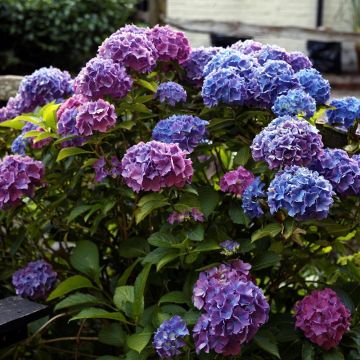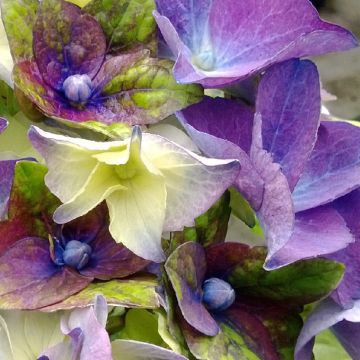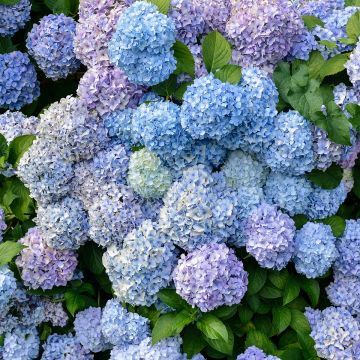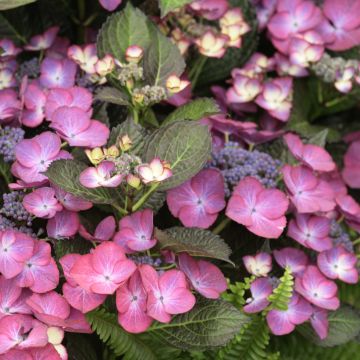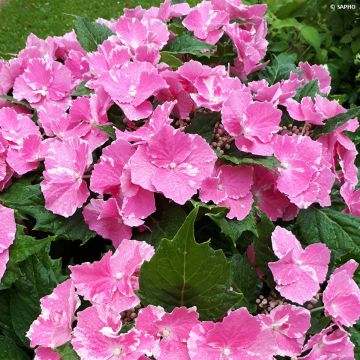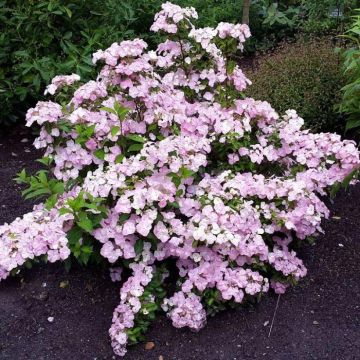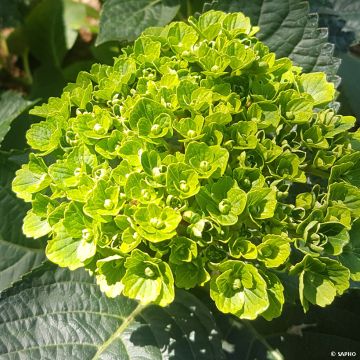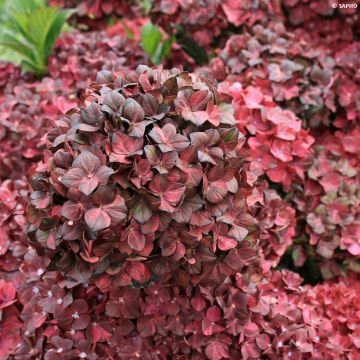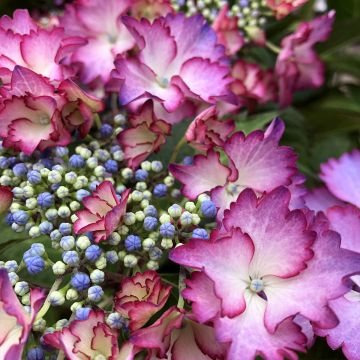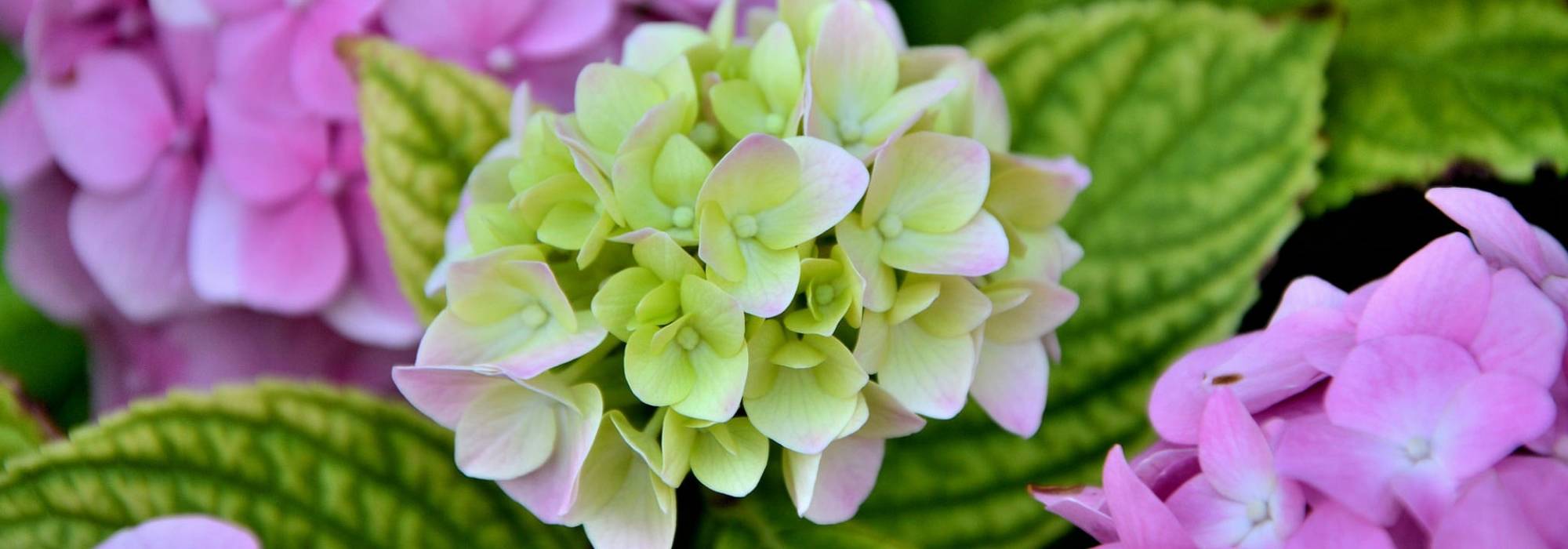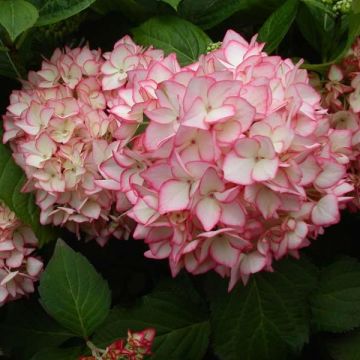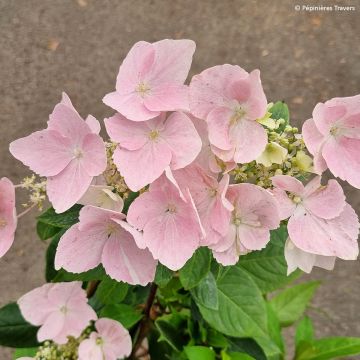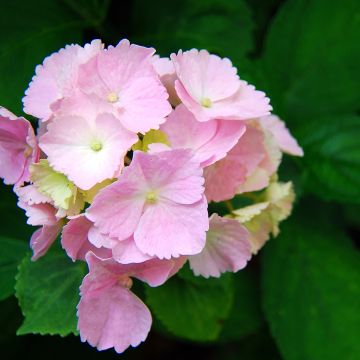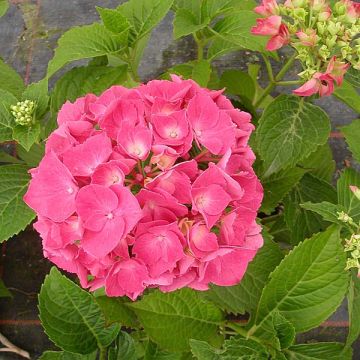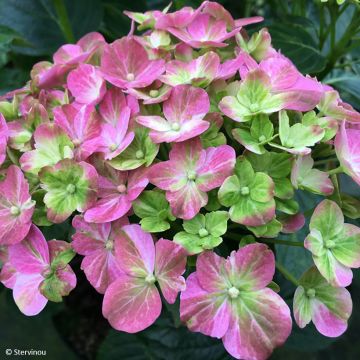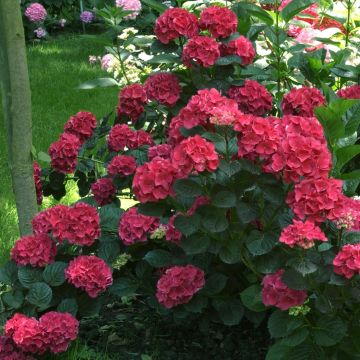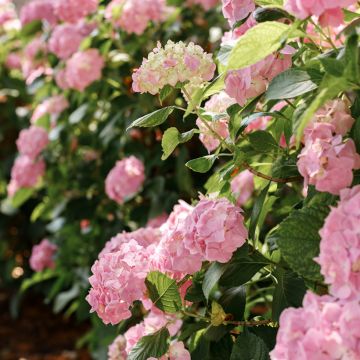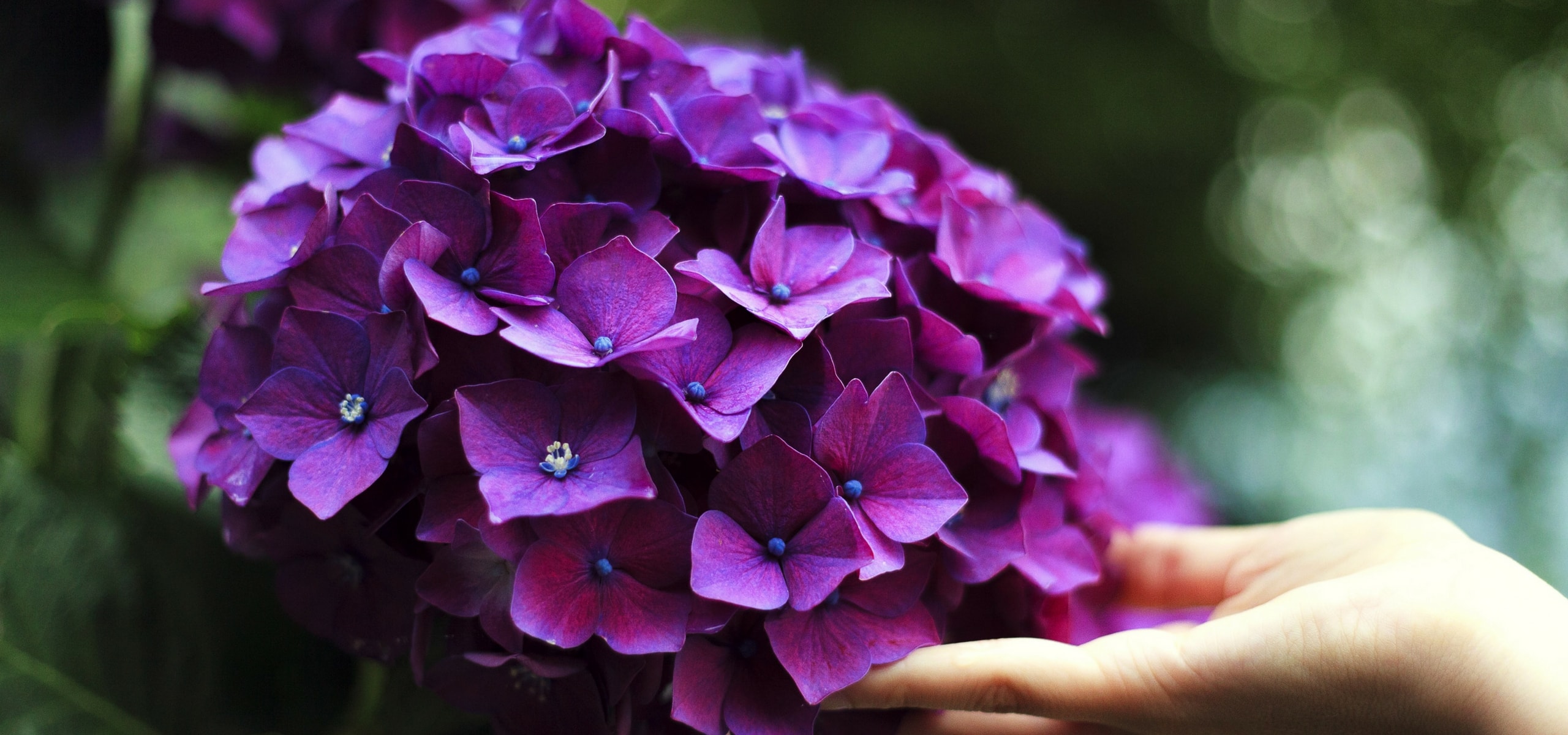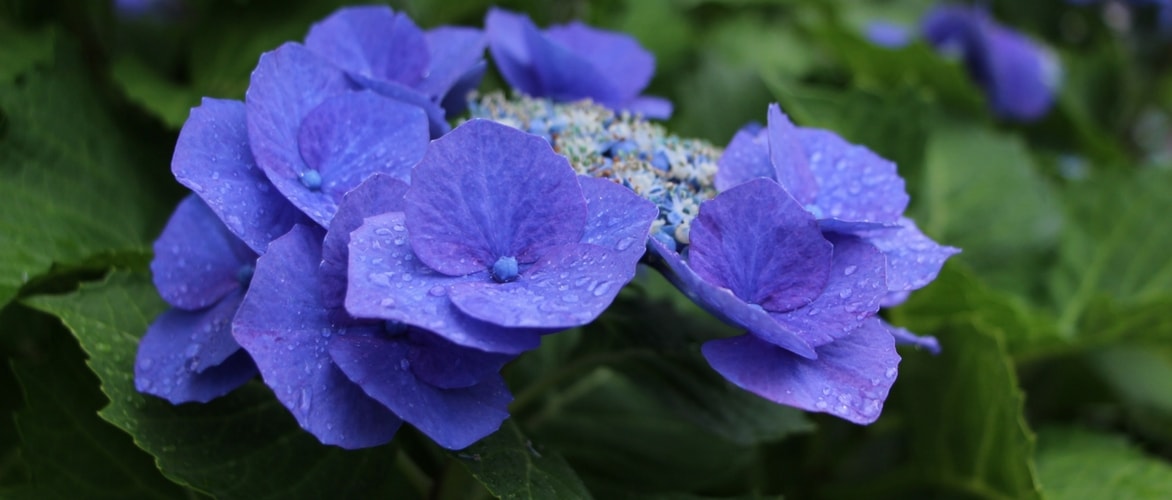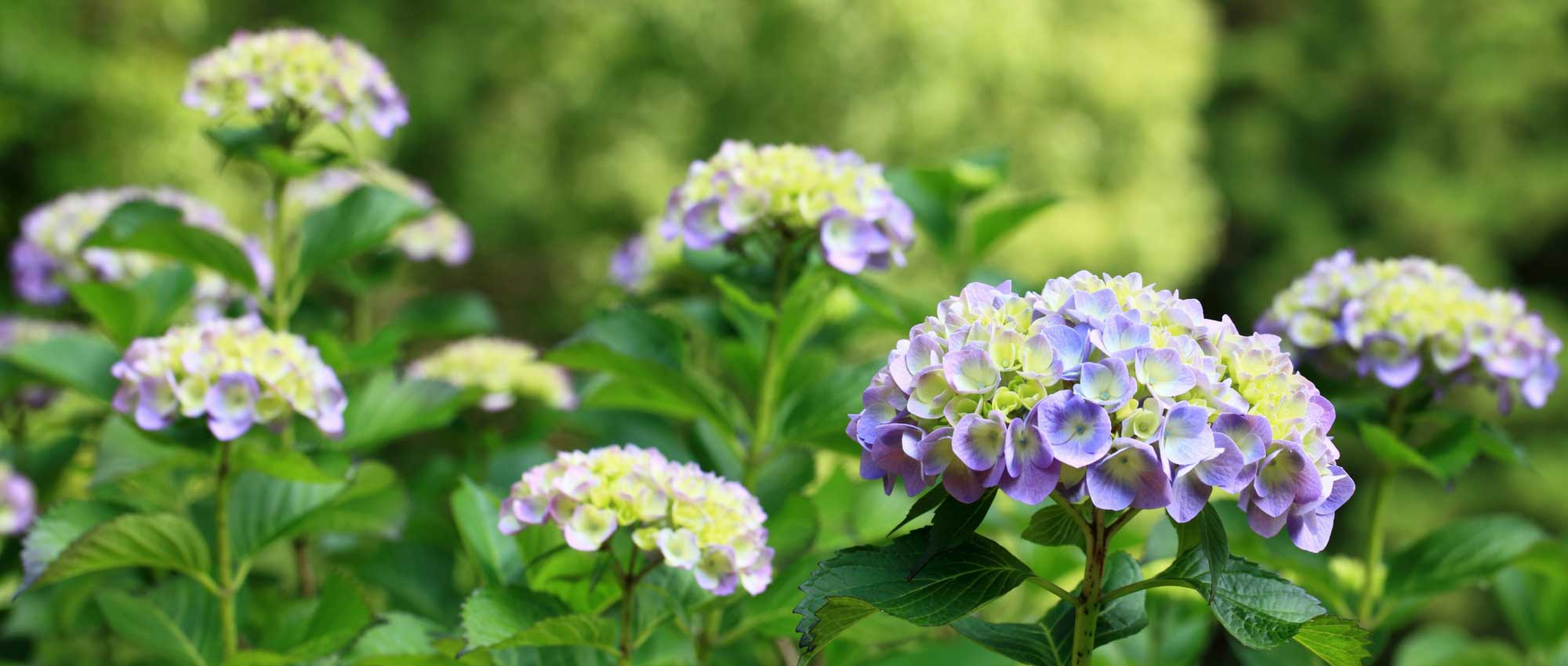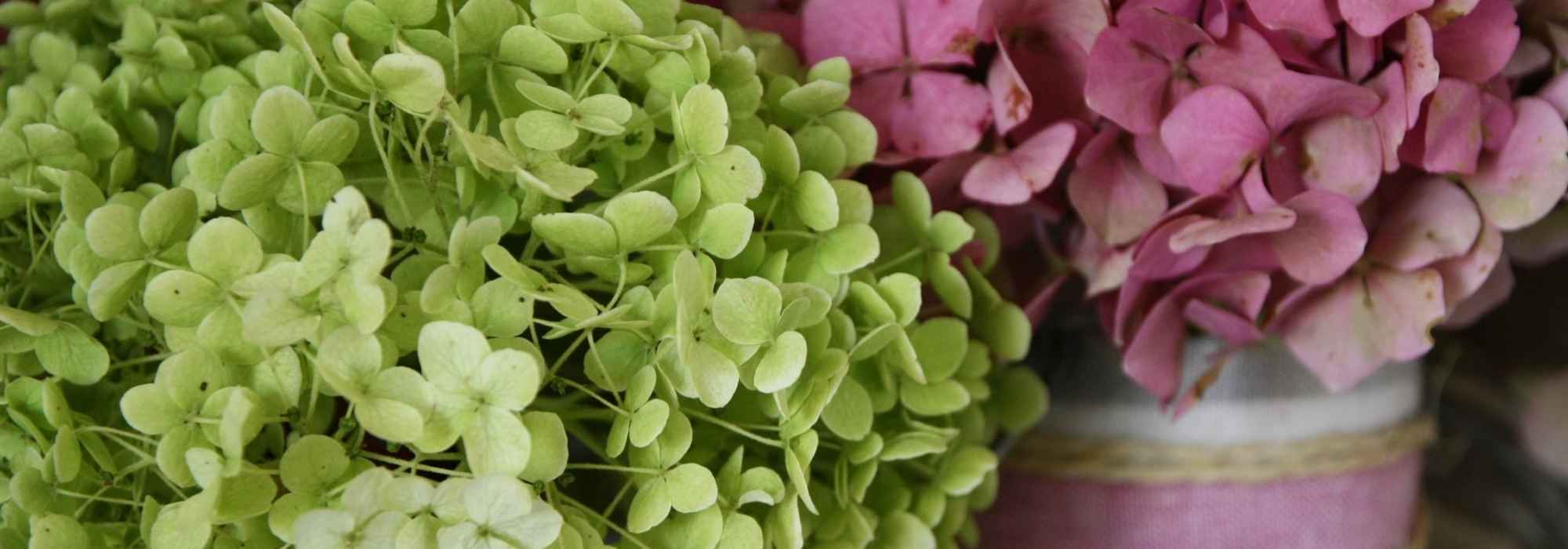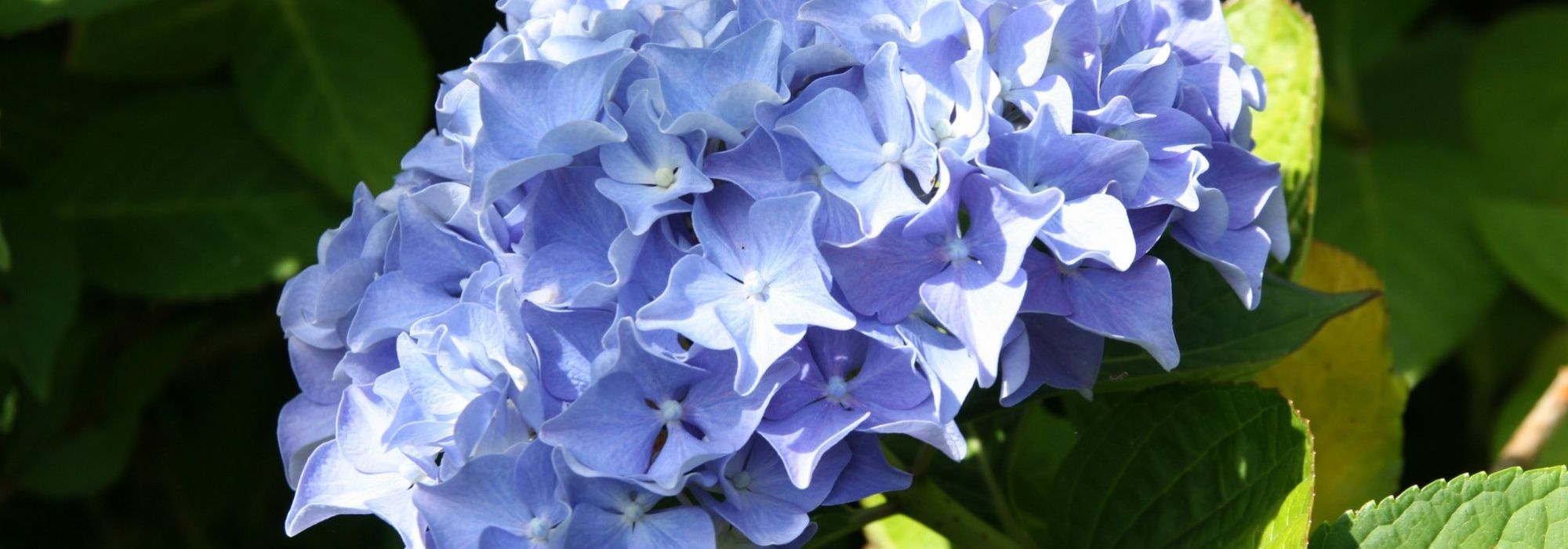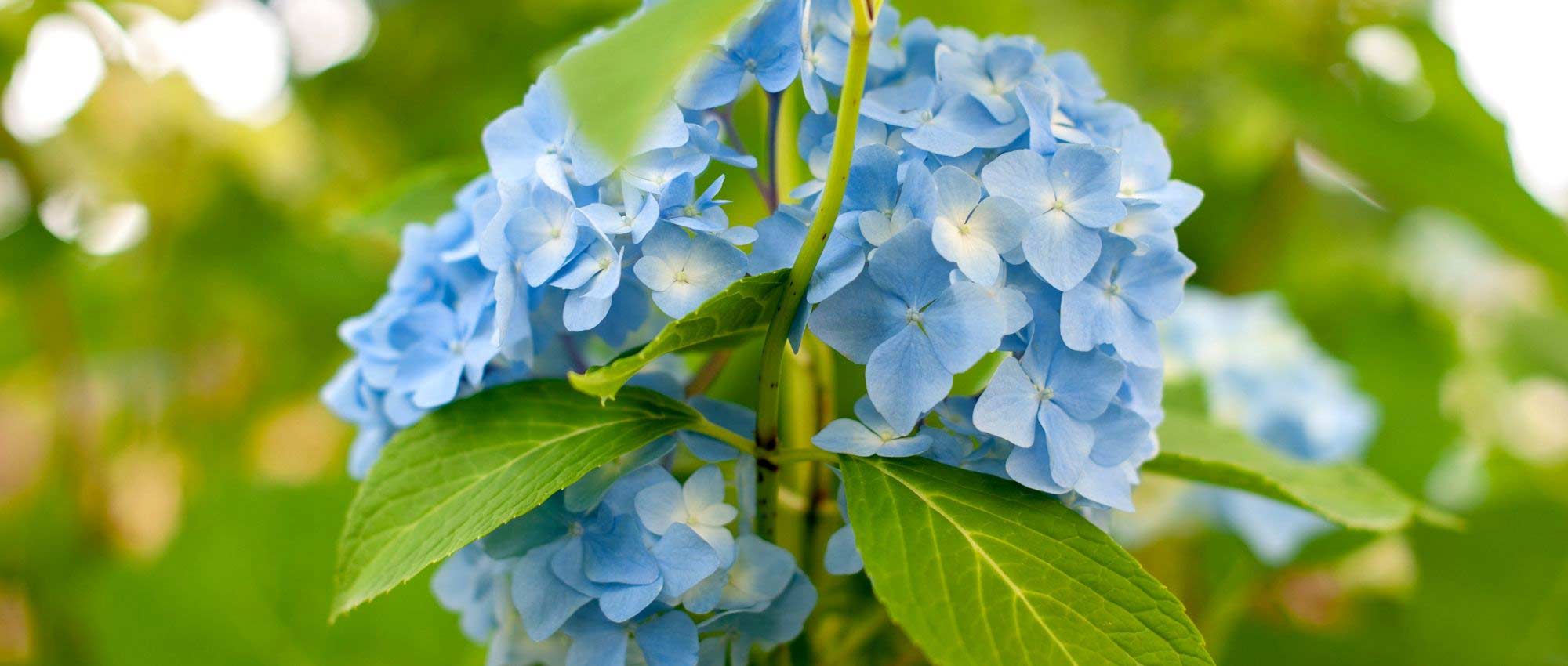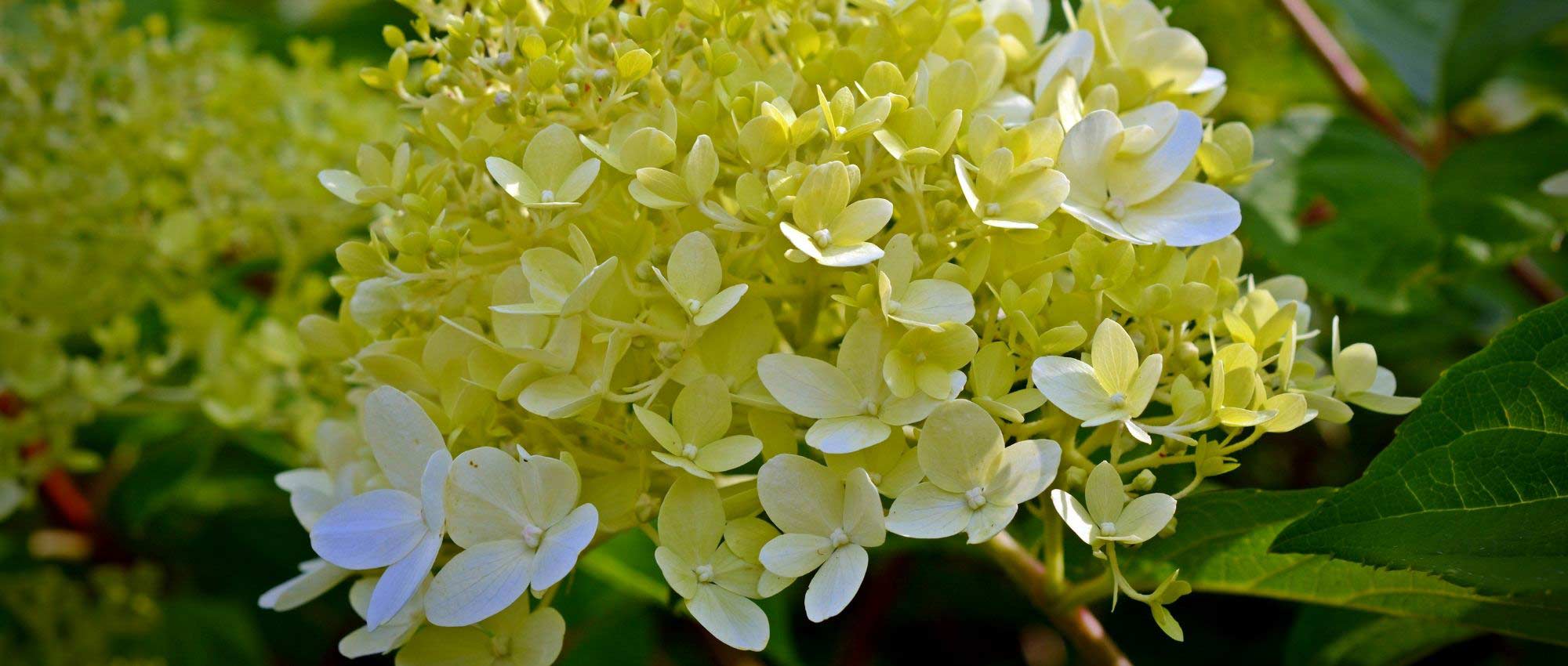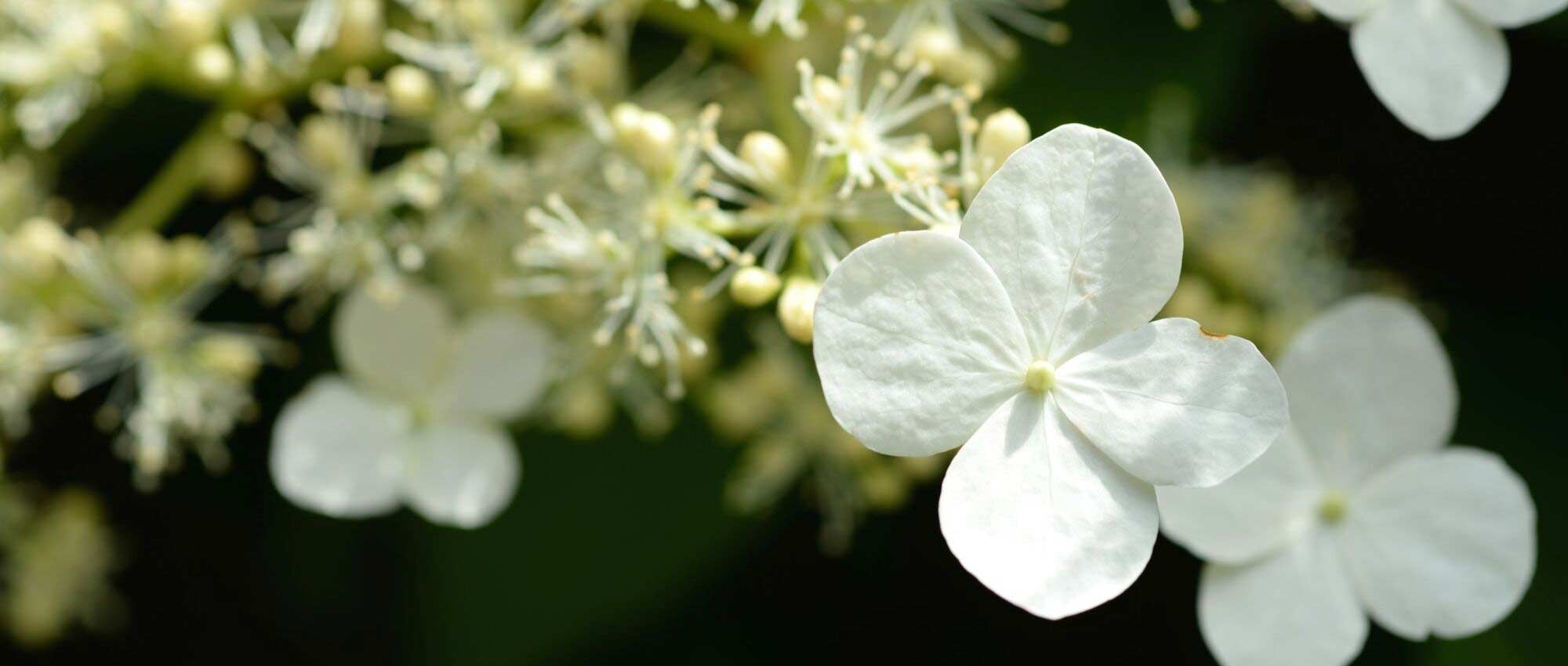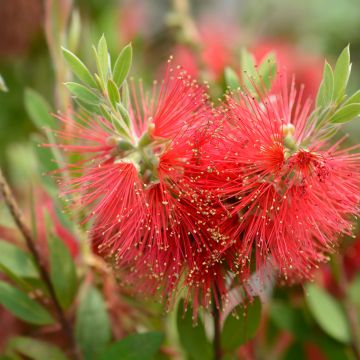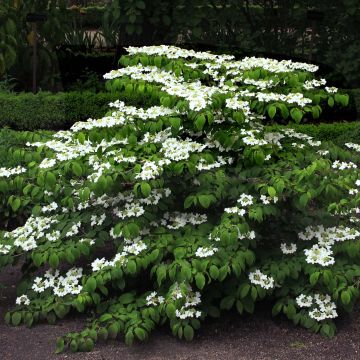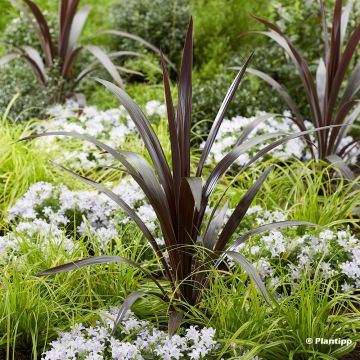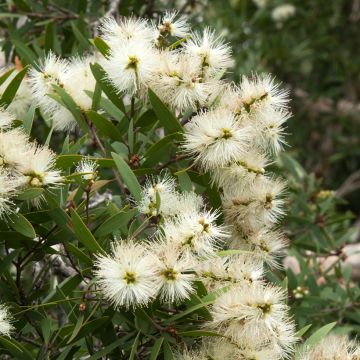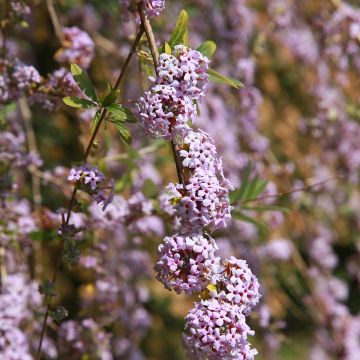

Hydrangea macrophylla La Marne
Hydrangea macrophylla La Marne
Hydrangea macrophylla La Marne
Bigleaf Hydrangea, French Hydrangea
The plant is still quite young to know what it has in store, but it is in perfect health, growing well, and already producing very large flowers.
IngridB, 02/09/2024
Special offer!
Receive a €20 voucher for any order over €90 (excluding delivery costs, credit notes, and plastic-free options)!
1- Add your favorite plants to your cart.
2- Once you have reached €90, confirm your order (you can even choose the delivery date!).
3- As soon as your order is shipped, you will receive an email containing your voucher code, valid for 3 months (90 days).
Your voucher is unique and can only be used once, for any order with a minimum value of €20, excluding delivery costs.
Can be combined with other current offers, non-divisible and non-refundable.
Why not try an alternative variety in stock?
View all →This plant carries a 24 months recovery warranty
More information
We guarantee the quality of our plants for a full growing cycle, and will replace at our expense any plant that fails to recover under normal climatic and planting conditions.

Would this plant suit my garden?
Set up your Plantfit profile →
Description
The Hydrangea macrophylla 'La Marne' is an old variety with a beautiful Belle-Epoque charm. It is a solid and reliable plant that deserves more recognition in our gardens. This plant produces enormous flower heads with serrated flowers that appear late in the season. However, they remain decorative until the onset of winter and are perfect for fresh or dry bouquets. The flower heads boast unique and variable colours that fade beautifully. In non-limestone garden soil, they take on a slightly mauve-pink hue; in acidic soil, or with the help of a blueing treatment, they become a delightful light cobalt blue. Like all hydrangeas, it thrives in fresh and humus-rich soil. It is best planted in semi-shaded beds for maximum effect.
Hydrangea macrophylla 'La Marne' is a plant from France created in 1917 by Emile Moullière. It combines different species and varieties from the Hydrangeaceae family, originally from China and Japan. When fully grown, the plant is medium-sized and has a dense, rounded shape that's about 1.50 m (4 ft 11 in) wide and tall. From July to October, it produces clusters of flowers with strongly serrated petals on rounded flower heads that can be up to 25 cm (9.8 in) in diameter. They first flower an anise green colour, then quickly turn rose-mauve in neutral soil, blue in acidic soil, or rich in aluminium sulphate. The flowers are held up by strong stems that are at least one year old. The plant's foliage is light green and relatively long, turning yellow in autumn before falling. The leaves are opposite, ovate to elliptical, and have a pointed tip and serrated edges. Hydrangeas can live for over 50 years.
The Hydrangea 'La Marne' is a lovely plant that embodies the Art Nouveau style of the early 20th century with its luxurious yet lightweight appearance. This bush has excellent hardiness and is a generous and precious blooming plant. Hydrangeas can brighten up the north side of a house, while this variety thrives in semi-shade with an east or west exposure. It can be planted in beds, hedges, or as a standalone specimen near an entrance or porch. Although it doesn't tolerate limestone well, hydrangeas can be combined with other plants to enhance their round silhouette. Enjoy their lavish blooms in the garden or indoors for a long time.
Hydrangea macrophylla La Marne in pictures
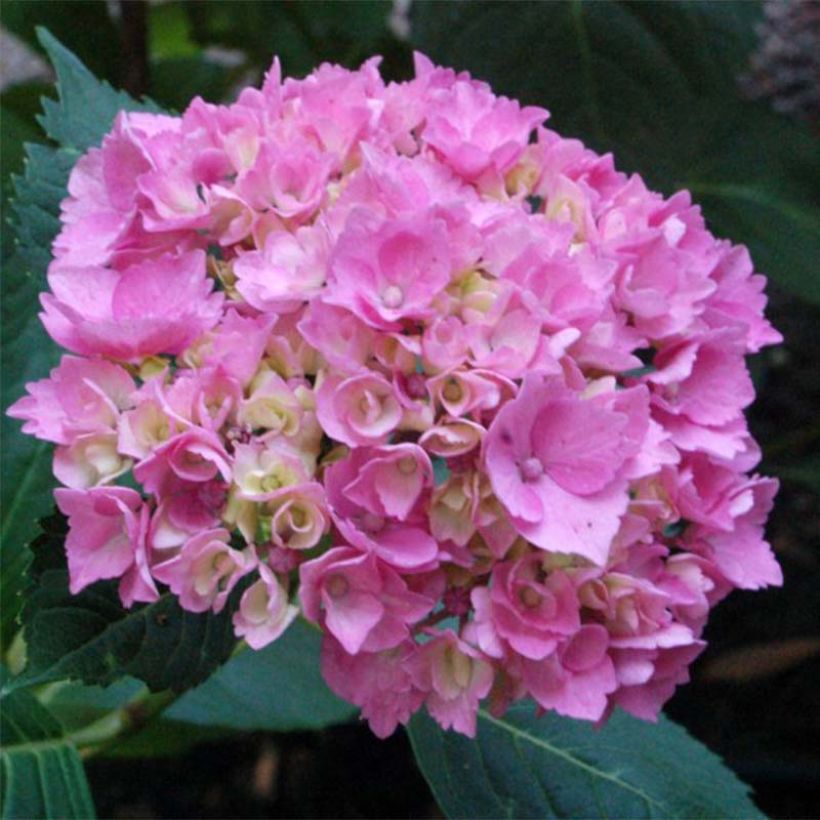

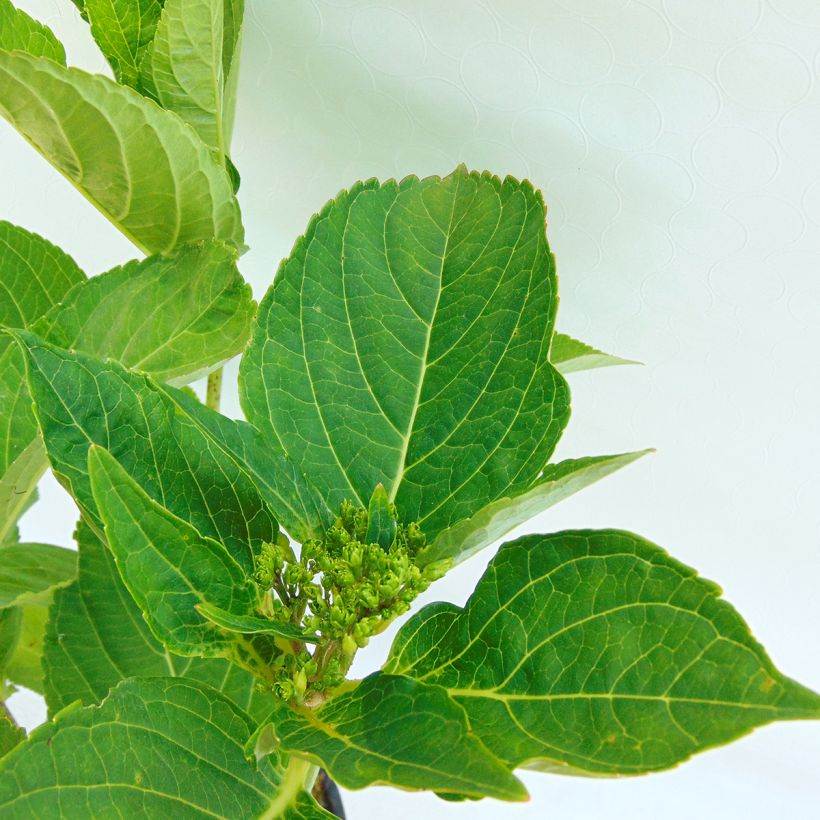

Plant habit
Flowering
Foliage
Botanical data
Hydrangea
macrophylla
La Marne
Hydrangéacées
Bigleaf Hydrangea, French Hydrangea
Cultivar or hybrid
Other Hydrangea Macrophylla
View all →Planting and care
If you plan to plant the Hydrangea macrophylla La Marne, it's best to do it in the spring or early autumn. Choose a slightly shaded spot, like against a wall facing east or north, to provide shelter from cold and drying winds. The plant doesn't require ericaceous soil but prefers deep, fresh, and well-drained soil that's fairly fertile. Before planting, add a good base fertiliser to the soil to enrich it. If the soil at the foot of the wall is dry, plant the root ball at least 30-40 cm (11.8-15.7 in) from the base of the wall. Incorporating a good amount of well-rotted compost will help retain freshness in the soil.
The Hydrangea macrophylla La Marne is very hardy and can even be planted in cold areas. Remove the faded flowers on the first bud or pair of buds directly below to maintain the plant. Cut the oldest stems to a quarter or a third at the base for mature plants to encourage young shoots. This pruning should be done every year during March and April.
Planting period
Intended location
Care
Planting & care advice
-
, onOrder confirmed
Reply from on Promesse de fleurs
Similar products
Haven't found what you were looking for?
Hardiness is the lowest winter temperature a plant can endure without suffering serious damage or even dying. However, hardiness is affected by location (a sheltered area, such as a patio), protection (winter cover) and soil type (hardiness is improved by well-drained soil).

Photo Sharing Terms & Conditions
In order to encourage gardeners to interact and share their experiences, Promesse de fleurs offers various media enabling content to be uploaded onto its Site - in particular via the ‘Photo sharing’ module.
The User agrees to refrain from:
- Posting any content that is illegal, prejudicial, insulting, racist, inciteful to hatred, revisionist, contrary to public decency, that infringes on privacy or on the privacy rights of third parties, in particular the publicity rights of persons and goods, intellectual property rights, or the right to privacy.
- Submitting content on behalf of a third party;
- Impersonate the identity of a third party and/or publish any personal information about a third party;
In general, the User undertakes to refrain from any unethical behaviour.
All Content (in particular text, comments, files, images, photos, videos, creative works, etc.), which may be subject to property or intellectual property rights, image or other private rights, shall remain the property of the User, subject to the limited rights granted by the terms of the licence granted by Promesse de fleurs as stated below. Users are at liberty to publish or not to publish such Content on the Site, notably via the ‘Photo Sharing’ facility, and accept that this Content shall be made public and freely accessible, notably on the Internet.
Users further acknowledge, undertake to have ,and guarantee that they hold all necessary rights and permissions to publish such material on the Site, in particular with regard to the legislation in force pertaining to any privacy, property, intellectual property, image, or contractual rights, or rights of any other nature. By publishing such Content on the Site, Users acknowledge accepting full liability as publishers of the Content within the meaning of the law, and grant Promesse de fleurs, free of charge, an inclusive, worldwide licence for the said Content for the entire duration of its publication, including all reproduction, representation, up/downloading, displaying, performing, transmission, and storage rights.
Users also grant permission for their name to be linked to the Content and accept that this link may not always be made available.
By engaging in posting material, Users consent to their Content becoming automatically accessible on the Internet, in particular on other sites and/or blogs and/or web pages of the Promesse de fleurs site, including in particular social pages and the Promesse de fleurs catalogue.
Users may secure the removal of entrusted content free of charge by issuing a simple request via our contact form.
The flowering period indicated on our website applies to countries and regions located in USDA zone 8 (France, the United Kingdom, Ireland, the Netherlands, etc.)
It will vary according to where you live:
- In zones 9 to 10 (Italy, Spain, Greece, etc.), flowering will occur about 2 to 4 weeks earlier.
- In zones 6 to 7 (Germany, Poland, Slovenia, and lower mountainous regions), flowering will be delayed by 2 to 3 weeks.
- In zone 5 (Central Europe, Scandinavia), blooming will be delayed by 3 to 5 weeks.
In temperate climates, pruning of spring-flowering shrubs (forsythia, spireas, etc.) should be done just after flowering.
Pruning of summer-flowering shrubs (Indian Lilac, Perovskia, etc.) can be done in winter or spring.
In cold regions as well as with frost-sensitive plants, avoid pruning too early when severe frosts may still occur.
The planting period indicated on our website applies to countries and regions located in USDA zone 8 (France, United Kingdom, Ireland, Netherlands).
It will vary according to where you live:
- In Mediterranean zones (Marseille, Madrid, Milan, etc.), autumn and winter are the best planting periods.
- In continental zones (Strasbourg, Munich, Vienna, etc.), delay planting by 2 to 3 weeks in spring and bring it forward by 2 to 4 weeks in autumn.
- In mountainous regions (the Alps, Pyrenees, Carpathians, etc.), it is best to plant in late spring (May-June) or late summer (August-September).
The harvesting period indicated on our website applies to countries and regions in USDA zone 8 (France, England, Ireland, the Netherlands).
In colder areas (Scandinavia, Poland, Austria...) fruit and vegetable harvests are likely to be delayed by 3-4 weeks.
In warmer areas (Italy, Spain, Greece, etc.), harvesting will probably take place earlier, depending on weather conditions.
The sowing periods indicated on our website apply to countries and regions within USDA Zone 8 (France, UK, Ireland, Netherlands).
In colder areas (Scandinavia, Poland, Austria...), delay any outdoor sowing by 3-4 weeks, or sow under glass.
In warmer climes (Italy, Spain, Greece, etc.), bring outdoor sowing forward by a few weeks.






























